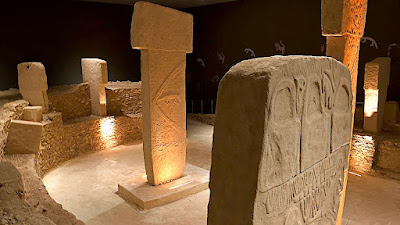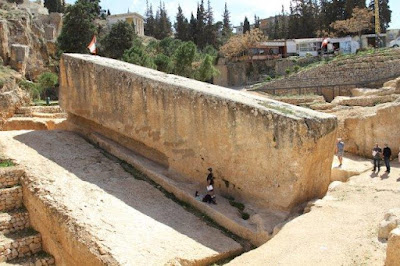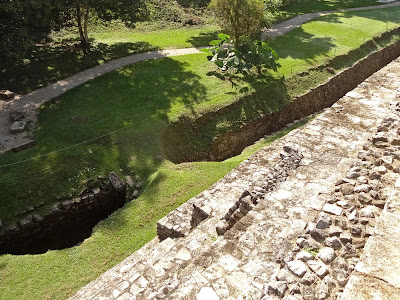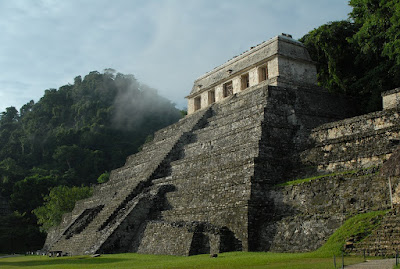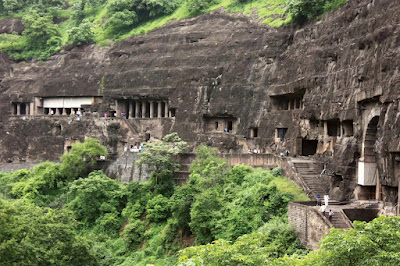According to a 2021 study published in the journal Scientific Reports, only 82 fragments, which consist of about one-third of the original mechanism, have survived to this day. Scholars have been trying to understand the device since its discovery, and although they have made considerable progress, many questions remain unanswered, such as who made it. Researchers are uncertain about the creator's identity, although some scholars have suggested that the Greek inventor Archimedes (287 B.C. to 212 B.C.) was the creator of the mechanism.
The inscriptions on the mechanism are written in Greek, and whoever made the device would have had to know a great deal about astronomy, metallurgy, and mechanology, as well as needing "great hand dexterity." The Functional Reconstruction of Antikythera Mechanism (Frame) project aims to reconstruct the original appearance of the mechanism and gain a better understanding of it.
The recovered fragments of the mechanism contained inscriptions, and over the past two decades, scientists have been able to read more of these Greek inscriptions using high-tech imaging methods such as 3D X-ray scanning. This has allowed researchers to learn more about how the mechanism worked. CT scans have revealed inscriptions that describe the motions of the sun, moon, and all five planets known in antiquity and how they were displayed as an ancient Greek cosmos. The mechanism used cycles from Babylonian astronomy, mathematics from Plato's Academy, and ancient Greek astronomical theories.
According to Alexander Jones, a professor of the history of the exact sciences in antiquity at New York University's Institute for the Study of the Ancient World, the mechanism represents "a level of technology exceeding anything else of the kind for which we have either physical remains or detailed descriptions from antiquity." In his book, "A Portable Cosmos: Revealing the Antikythera Mechanism, Scientific Wonder of the Ancient World," (Oxford University Press, 2017) Jones highlights the importance of the device, stating that it was a "mechanical computer of bronze gears" that used groundbreaking technology to make astronomical predictions.
The front of the mechanism contained dials that showed the movements of the sun, moon, lunar nodes, Mercury, Venus, Mars, Jupiter, Saturn, and the Zodiac calendar. The back of the mechanism had dials showing the Metonic cycle, the Callippic cycle, the Olympiad cycle, the Saros cycle, and the exeligmos. Between the front and back of the mechanism were numerous gears that depicted the correct timing of all the cycles.
Suppose a user of the Antikythera Mechanism wants to check eclipse predictions for a particular month some years ahead. In that case, the user winds the mechanism forwards to the right month and then sets the lunar phase indicator to match the moon's phase at the time. Then the user turns the lunar calendar dial until the phase indicator points to the correct phase. Finally, the user rotates the upper back dial to line up the correct eclipse prediction with the phase and the lunar month.
Although researchers have learned a great deal about the Antikythera mechanism, many questions remain unanswered. For example, it is still unclear who made the mechanism and where it was made. Some scholars believe that the device was created on the island of Rhodes, while others think it was made in Corinth or Alexandria.
Another question that has puzzled researchers is how the mechanism was used. While it is believed to have been an astronomical tool used to predict eclipses and the positions of the planets, the exact method of operation is not entirely clear. Some researchers think that the mechanism may have been used in conjunction with a series of dials and pointers, while others believe that it was operated using a crank.
The Antikythera mechanism is an extraordinary artefact that provides a glimpse into the sophisticated technology and scientific knowledge of the ancient Greeks. Discovered over a century ago, the mechanism continues to fascinate and challenge scholars who seek to understand its workings and purpose. Through meticulous analysis and innovative techniques, researchers have made significant progress in deciphering the mechanism's complexity and revealing its astronomical and calendrical functions. However, many mysteries remain, such as the identity of its creators and the precise context in which it was used. Despite these uncertainties, the Antikythera mechanism stands as a testament to the ingenuity and creativity of human civilization, and a reminder that our ancestors were capable of achieving remarkable feats of engineering and science. As new discoveries are made and new technologies are developed, it is likely that our understanding of the Antikythera mechanism will continue to evolve, offering new insights into the history of ancient Greece and the development of technology and science.
Articles you might like:












